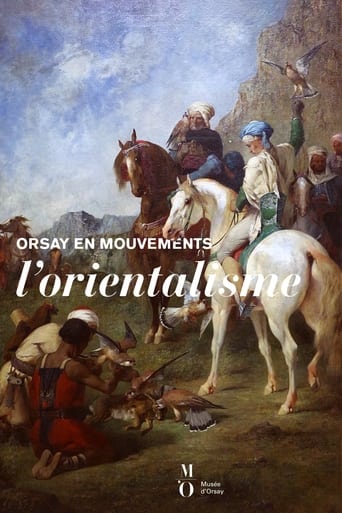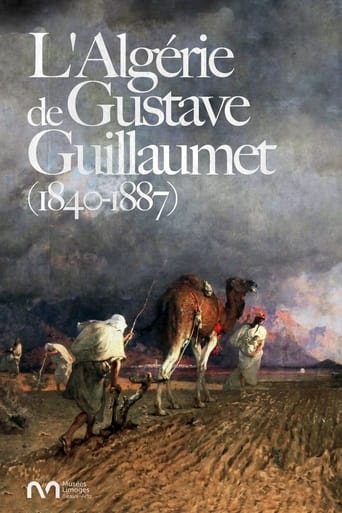
Gustave Guillaumet
Gustave Achille Guillaumet born March 26, 1840 in Puteaux (Hauts-de-Seine) and died in Paris March 14, 1887 is a French painter. Prominent figures of French orientalism who focus on renderings of light and atmosphere. However, although very present in many museums, in particular at the Musée d'Orsay, and in the main exhibitions devoted to orientalist painting of recent decades, his work remains little known, and his critical fortune relative. It marks a turning point in this artistic movement of the 19th century. A student of François Édouard Picot (1786-1868) and Louis-Ernest Barrias (1841-1905) at the École des beaux-arts in Paris, he exhibited at the Salon from 1861 to 1880. Guillaumet has just won second prize in Rome in 1862 when he had the opportunity to go to Algeria for the first time. He contracted malaria and had to spend three months in the Biskra military hospital. Nevertheless, fascinated by this country of adventure and change of scenery, he returned there nine times. His first works there were melodramatic in inspiration. He is one of the first artists to have visited Algeria intensively, from Oran to Kabylia, from the Hauts-Plateaux to the oases and the Sahara. His work, sometimes described as ethnographic, is also demanding and poetic, sensitive and serious. From 1872, he showed the humble existence of the desert populations whose way of life he adopted. Both in his paintings and in his writings, he describes the primitive and harsh life in the Algerian desert. Gustave Guillaumet is thus one of the first artists, including Eugène Delacroix with his famous painting "Women of Algiers in their Apartment", to penetrate the intimate space of Algerian women and to reveal a much more real portrait than the numerous fantasies of harem that reigned at that time. This visionary artist was able to take a lucid and frank look at the beginnings of colonization, the epidemics and the famine which brutally raged between 1866 and 18693, creating works far removed from the clichés of many orientalist painters. His painting, the result of a complex itinerary, is influenced by the Masters of the Northern Schools, imbued with modernity and bears his research in various directions: naturalism, impressionism, intimism, idealism. A painter with a republican sensibility, he is also a privileged observer of colonial domination. Recognized early at the show, praised by critics, its success cannot be denied. Upon his premature death, at the age of 47, his work was unanimously praised and considered even superior to that of his eminent predecessor, Fromentin. Guillaumet wrote, his “Algerian Paintings” are notations on the attitude of a European artist towards the life of Algerians. In France, he resides in his workshop at 5, cite Pigalle in the 9th arrondissement of Paris. He died there on March 14, 1887. He was buried in Paris in the Montmartre cemetery, his tomb is decorated with La Fille de Bou Saâda, a bronze statue by Louis-Ernest Barrias depicting a young Algerian woman seated with her arm raised throwing a few petals on the inset portrait of the artist. The Paris School of Fine Arts is organizing a retrospective exhibition in tribute to him in 1888. In 2018 the exhibition "The Algeria of Gustave Guillaumet (1840-1887)" is presented at the Museum of Fine Arts in Limoges.
- Popularność : 0.001
- Znany z : Acting
- Urodziny : 1840-03-26
- Miejsce urodzenia : Puteaux, Hauts-de-Seine, France


